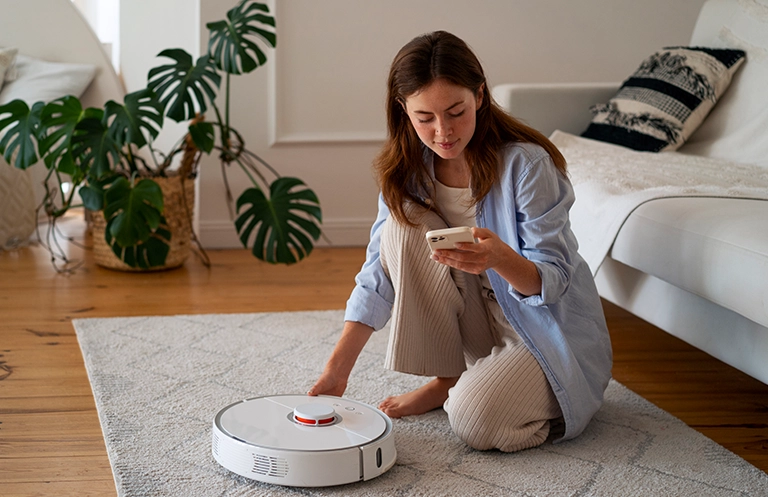Ensuring safety of passengers in speeding vehicles and other road-side commuters has always been the major focus of urban transportation authorities, worldwide. The Intelligent Transportation Society of America (ITSA), USA’s largest association representing the transportation and technology communities, has been closely working with the Department of Transportation to advance the cause for vehicle-to-vehicle communication initiatives in the near future.
Automobile majors, on their part, are imbibing advanced communication features in their latest car variants which allow vehicles to directly communicate with other vehicles in transit. For instance, BMW’s innovative car-to-car technology utilizes WLAN technology and sensors to share real time status updates to all vehicles in the neighboring vicinity of a car which includes the condition of headlights, suspension system and braking reports. There can be so many life-saving use cases, e.g. if one vehicle observes a potential danger ahead, the sensors will automatically send alerts to the driver, followed by all nearby vehicles so that they can turn on their danger lights. V2V communication will indeed be a precursor to the self-driving cars of the future.
How V2V communication works: In brief
V2V communication is based on DSRC (Dedicated Short Range Communication). DSRCs are highly secure, short to medium range, high-speed wireless communication channels, which help vehicles to connect with each other for a shorter period of time. Through DSRC, two or more vehicles can exchange data regarding their speed, acceleration, distance and direction. This can notify all vehicle drivers about things like lane change, approaching vehicle trajectory and relative speed of the other vehicle in real-time.
To enable vehicular communications, when vehicles are in transit on highways and major roads, their primary objective is to exchange safety messages between vehicles to avoid collisions. In order for this to work in real time, we require telematics, a branch of telecommunications with information and communications technology. Telematics helps in tracking the vehicles via GPS and monitors location, movements, status and behavior of the vehicle. Vehicular communication systems comprise of GPS module which communicates with “On board units” (OBU) to generate safety messages, which are later transmitted and received by RF transceiver module. In order to have complete communication between two vehicles, two sets of components are required.
- The first set ensures transmitting of an accurate and trusted safety message.
- The second set confirms receiving & interpreting of the same message by another vehicle. The received safety messages are displayed on the display panel.
Smart features of V2V will help vehicles to receive alerts on traffic congestion, obstacles, changing lanes on highways, traffic merging, railway crossing notifications, etc. So, the future of vehicular communication is Vehicle to everything (V2X) communication system, where vehicle communicates with any entity that may affect the vehicle including other vehicles, infrastructure, pedestrians, smart devices, other networks etc.
Future Roadmap
The advent of V2V communication systems will greatly help in reducing the chances of car crashes and chain collisions, and is one of the textbook examples of an Internet-of-Things enabled future.
eInfochips helps automotive companies develop a complete Vehicle to vehicle communication system, which improves the safety of transportation systems. eInfochips works in designing of the path prediction algorithm, testing of hardware modules, interfacing the required hardware with the embedded platform, scripting for standard message and integration of scripts to form a single software module. You can read more about it in this published whitepaper on Vehicle-to-Vehicle communication for crash avoidance systems.













